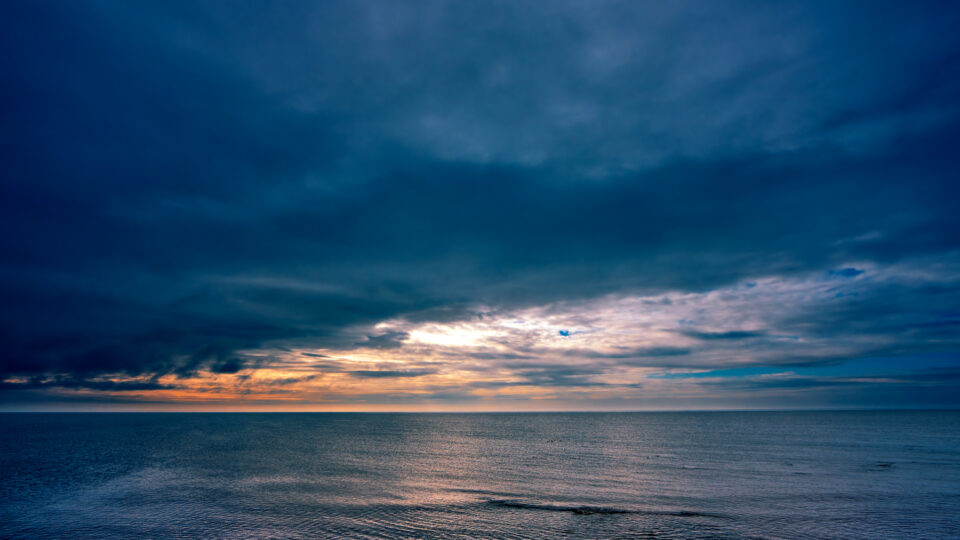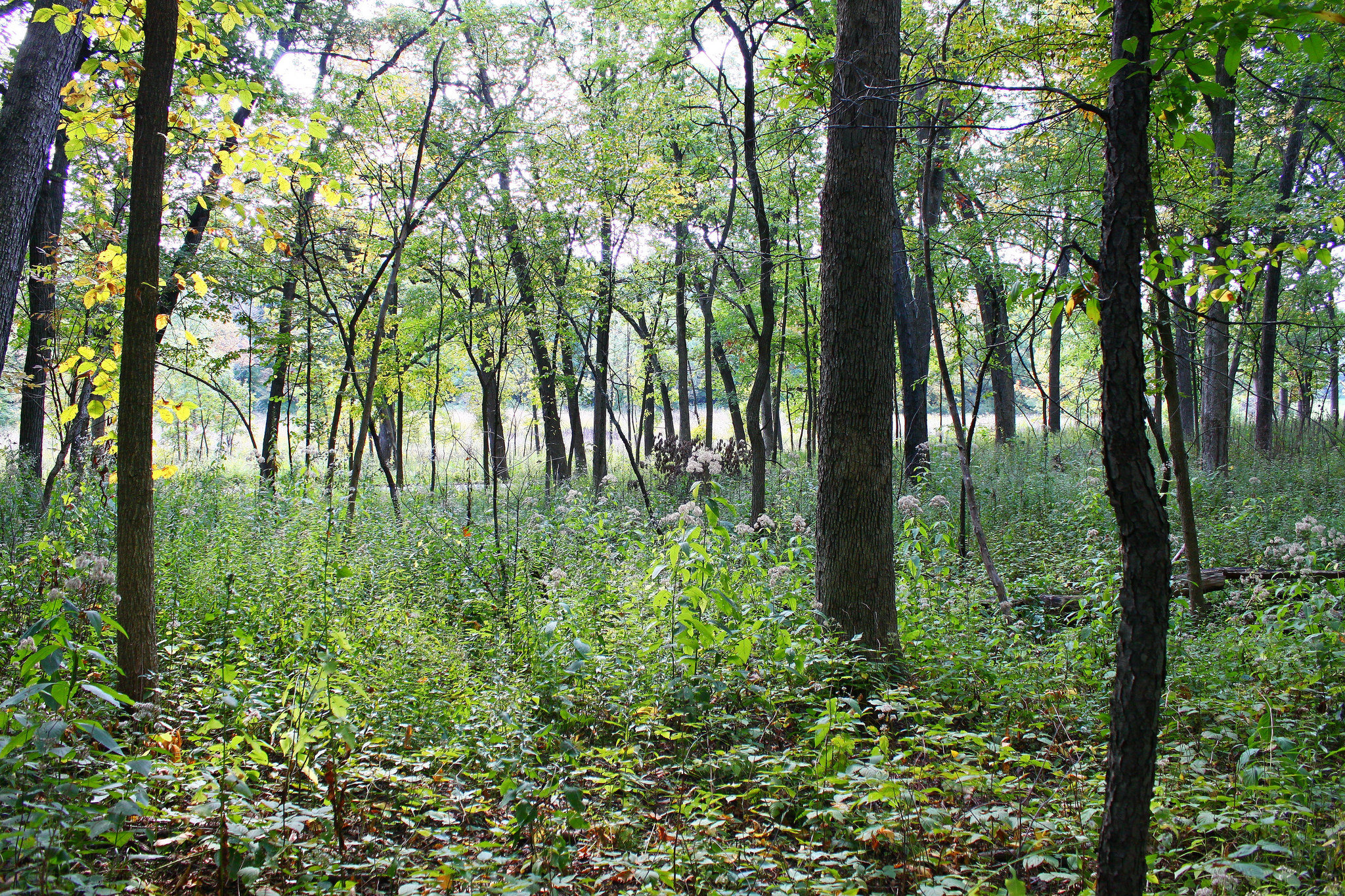Carbon credits have been around since the late 1990s. The idea is to offset carbon emissions from some carbon emitting activity – anything from a wedding in California to a factory operating in Minnesota – by buying carbon credits earned from a carbon-absorbing activity, such as planting trees in the Amazon.
Blue carbon credits are credits earned by increasing the carbon stored in coastal and marine ecosystems. Coastal ecosystems such as mangroves, tidal marshes, and seagrass meadows in fact sequester and store more carbon per unit area than terrestrial forests and are increasingly being recognized for their important role in mitigating climate change.
Blue carbon credit awards have to date been relatively few and far between and have mostly been granted for mangrove restoration efforts. But mangrove projects are now ramping up dramatically in scope. Scientists are working hard to analyze the amount of carbon in other ecosystem types – seagrasses, salt marshes, seaweeds, and seafloor sediments – so that these systems can also enter the carbon credit market.
Over the past 20 years, conservation scientists have spread over 70 million seeds in the bays of Virginia to restore over 9,000 acres of seagrass meadows that were devastated by disease in the 1930s. The restored meadows are absorbing nearly half a ton of CO2 per acre.
The rules to allow for blue carbon credits are recent and evolving, which is a big deal. The market may currently be small, but it is growing exponentially. But as important as carbon credits are, it is still paramount to decarbonize before turning to offsets for existing emissions.
**********
Web Links
Why the Market for ‘Blue Carbon’ Credits May Be Poised to Take Off
Photo, posted July 2, 2009, courtesy of Nicolas Raymond via Flickr.
Earth Wise is a production of WAMC Northeast Public Radio.


